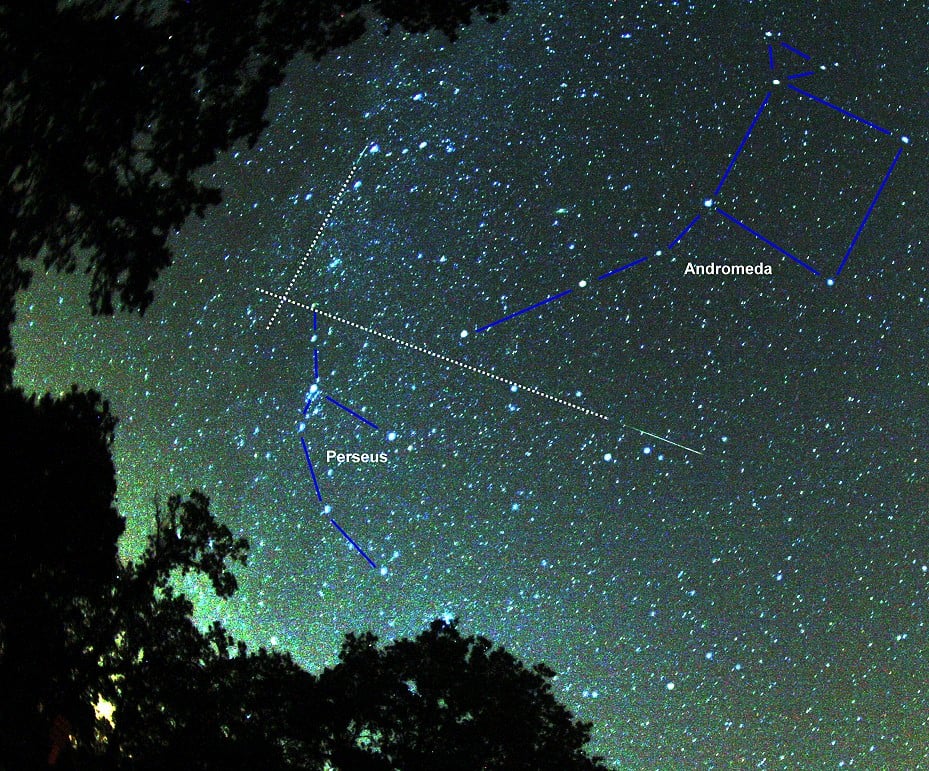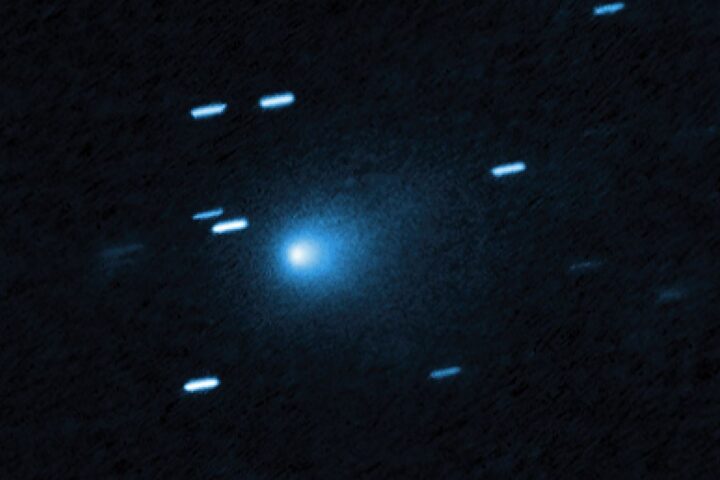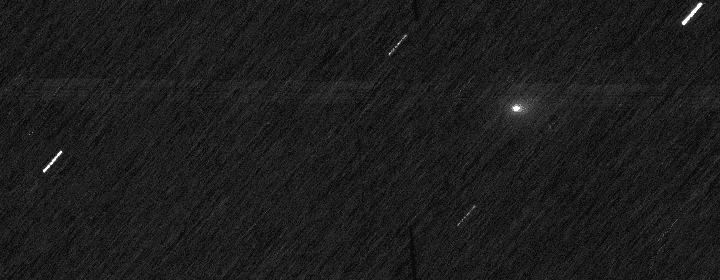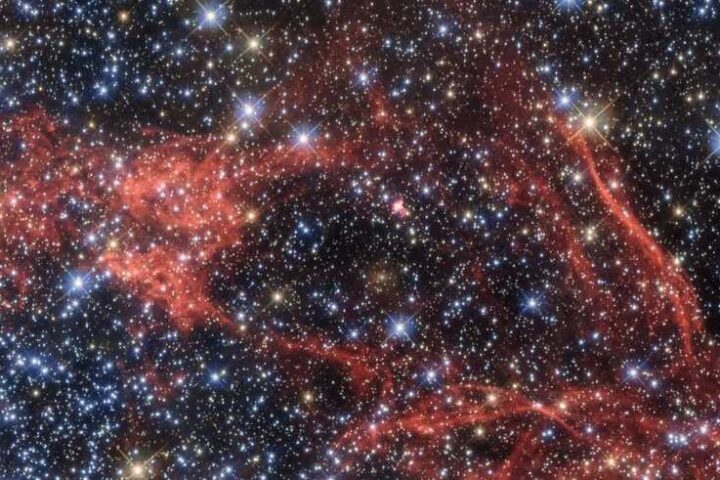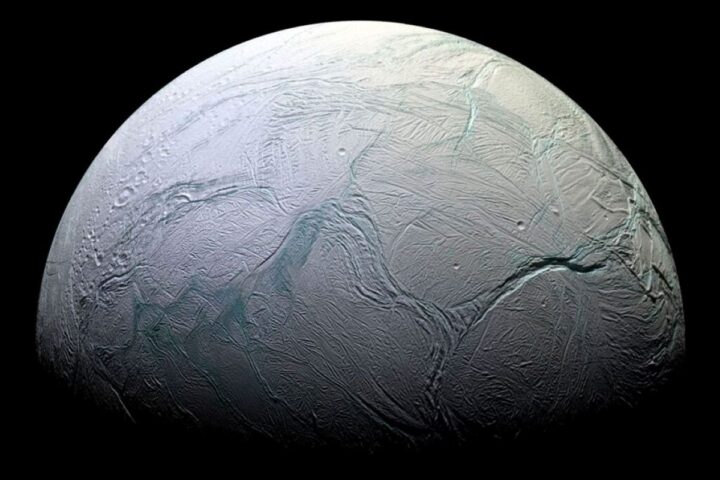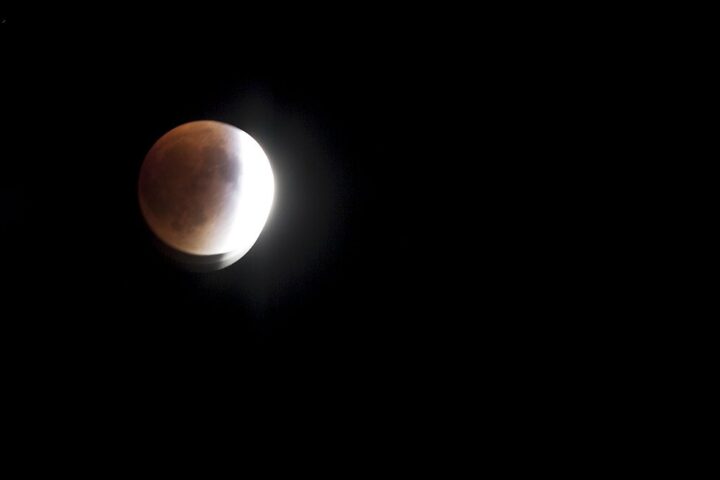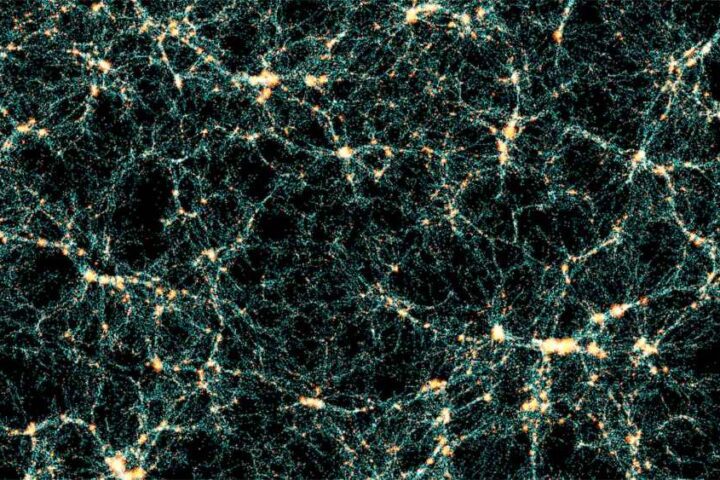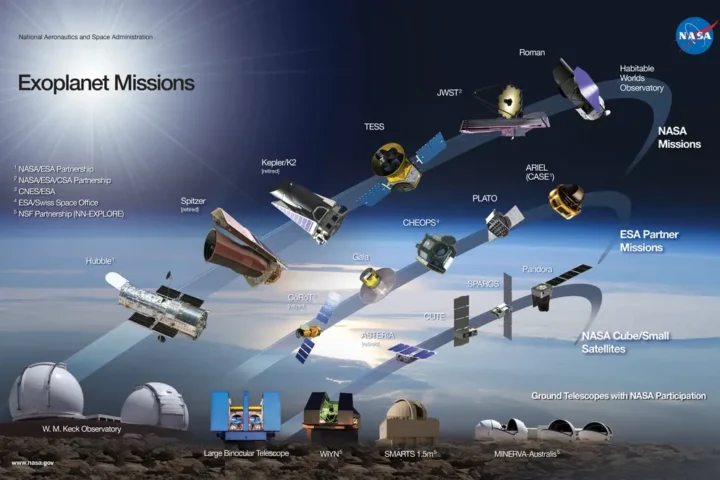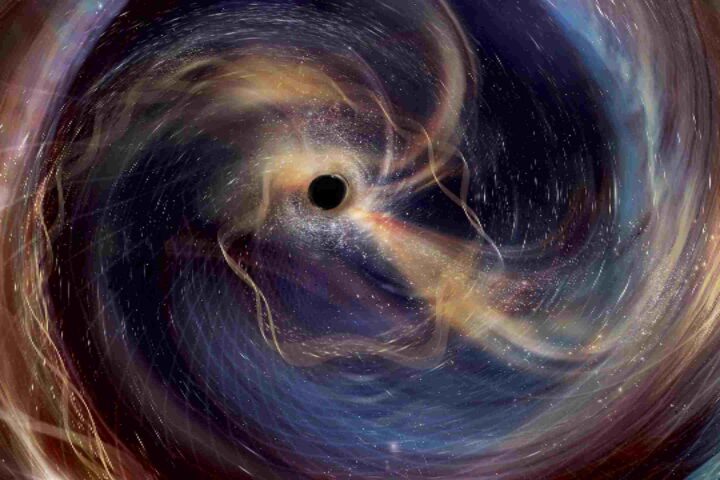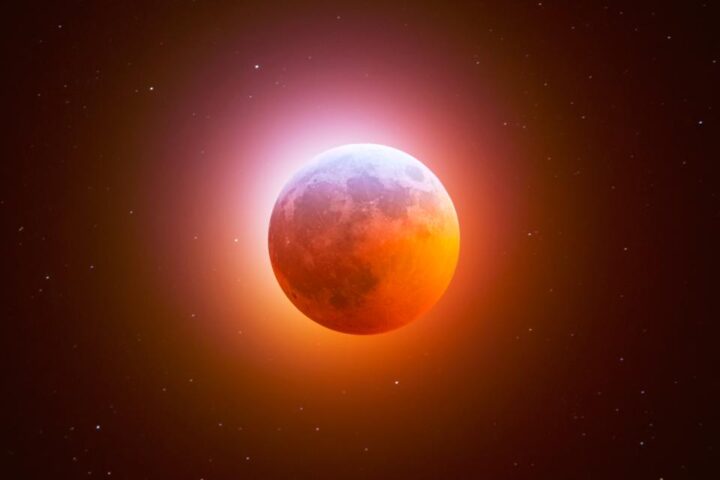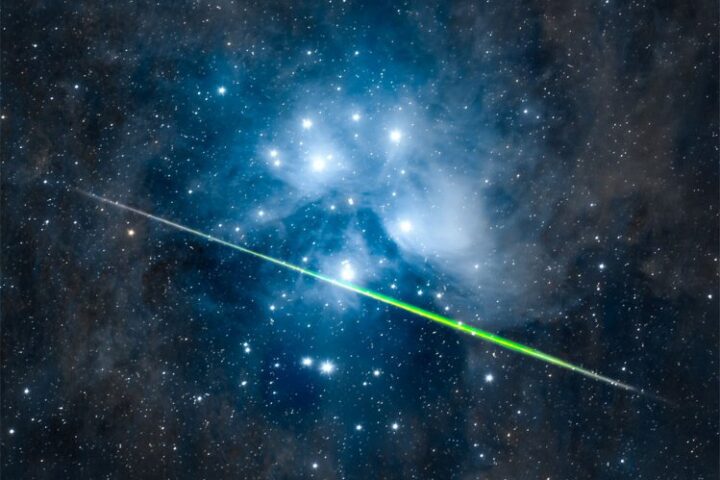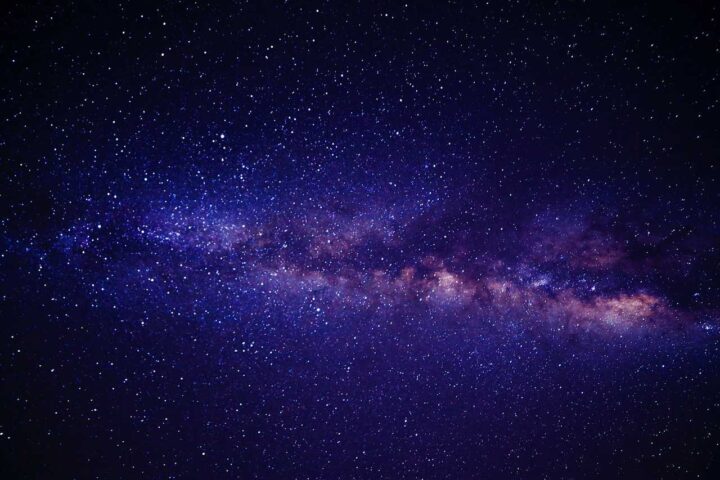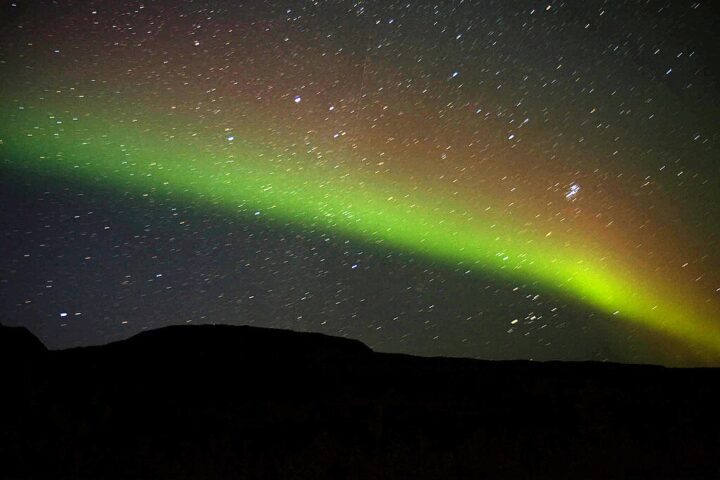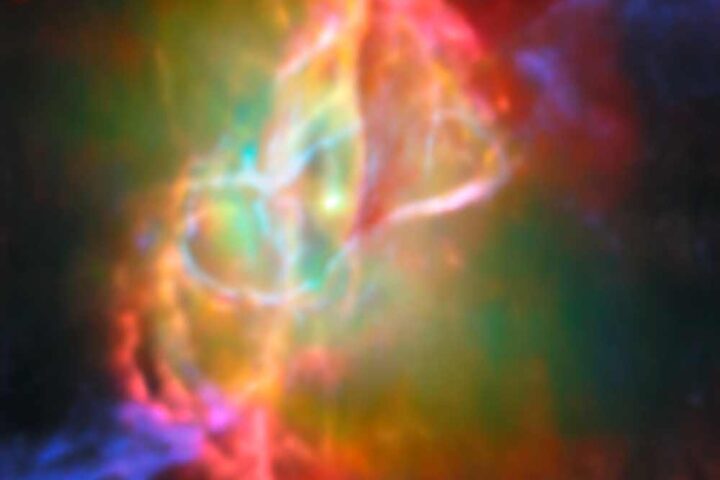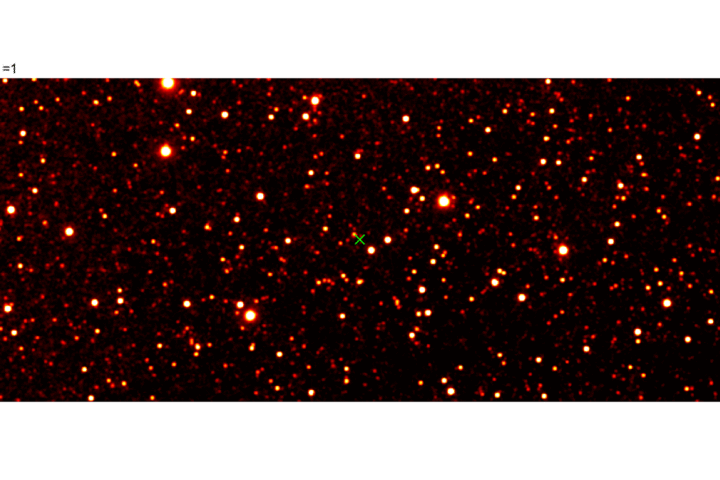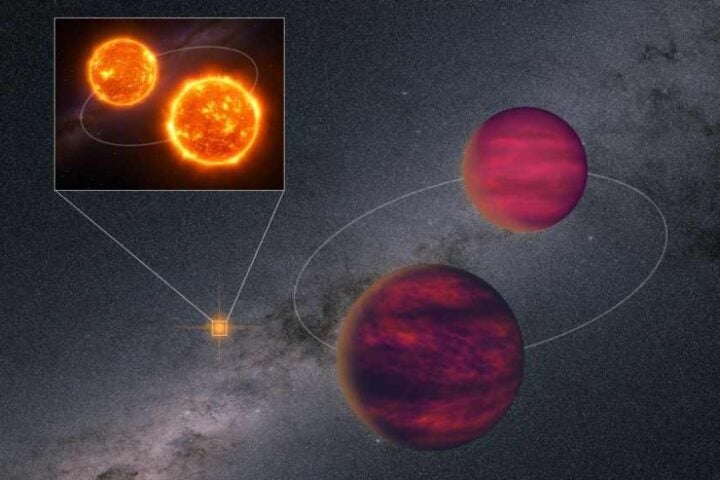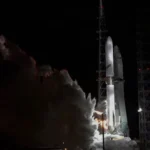When July stargazers look up, most eyes focus on the famous Perseids. But while moonlight dims this year’s Perseid peak, four lesser-known meteor showers offer spectacular celestial fireworks between late July and mid-August under darker skies.
“Though averaging only around 5 per hour, the Alpha Capricornids frequently produce bright yellow fireballs that can be quite spectacular,” notes Space.com, describing these meteors as fragments shed by comet 169P/NEAT when Earth crosses its orbital path each summer.
These four minor showers—the Delta Aquarids, Alpha Capricornids, Eta Eridanids, and Kappa Cygnids—offer diverse viewing experiences with meteors of varying speeds, colors, and trajectories that many skywatchers overlook.
Delta Aquarids: The Southern Sky Streakers
Active from July 18 through August 12, with a broad peak July 29-30, the Delta Aquarids produce about 20-25 meteors per hour under ideal conditions. These meteors appear as swift, faint yellow-white streaks radiating from Aquarius.
“The Delta Aquariid meteor shower’s parent comet comes from the 96P/Machholz Complex,” reports EarthSky. This fascinating complex includes eight meteor showers, two comet groups, and at least one asteroid (2003 EH1).
Comet 96P/Machholz, discovered in 1986 by Don Machholz, orbits the sun every 5.3 years and ventures remarkably close to our star—about eight times closer than Earth. The Delta Aquarids are ancient cosmic travelers formed from dust left behind by this comet.
While visible worldwide, the Delta Aquarids favor southern hemisphere observers. Northern hemisphere viewers should look about 45° up in the southern sky between 1:30-2:30 a.m. local time when the radiant reaches its highest point.
Alpha Capricornids: Fireball Factory
Active from July 3 to August 15 with a peak around July 30-31, the Alpha Capricornids deliver only about 5 meteors per hour—but what they lack in quantity, they make up in quality.
“Though averaging only around 5 per hour, the Alpha Capricornids frequently produce bright yellow fireballs that can be quite spectacular,” notes Space.com. These slow-moving, colorful meteors create some of summer’s most photogenic sky displays.
Their parent body, comet 169P/NEAT, has a roughly 4.2-year orbit. Research indicates the comet likely fragmented about 3,500-5,000 years ago, creating the meteors we see today. This connection to ancient cosmic events gives these bright streaks added significance.
The moonset around 11 p.m. during the peak provides excellent viewing conditions. Look for the radiant at its best position around 1:30 a.m. local time.
Eta Eridanids: The Dawn Patrol
The Eta Eridanids run from July 31 to August 14, peaking around August 7-9 with approximately 3 meteors per hour. These swift, moderately bright meteors appear to emanate from the constellation Eridanus in the southeast sky.
These meteors originate from dust shed by comet C/1852 K1 (Chacornac), discovered by French astronomer Jean Chacornac in 1852. The comet follows a parabolic orbit, and the shower was only identified relatively recently compared to other meteor showers.
Viewing conditions this year create a narrow observation window—the moon sets around 3:30 a.m., with dawn following about an hour later. Look southeast during this brief period for your best chance to spot these elusive meteors.
Kappa Cygnids: Northern Sky Surprises
Active from August 3-25 with a peak around August 17, the Kappa Cygnids produce only about 3 meteors per hour but offer slow-moving meteors with occasional bright flares.
The Kappa Cygnids’ parent body remains under investigation. While asteroid 2008 ED69 was initially proposed as a possible parent body, researchers have also identified asteroids 2001 MG1 and 2004 LA12 as potential candidates. According to the Monthly Notices of the Royal Astronomical Society, “asteroid 2001 MG1 matches the evolution of a subgroup of orbits,” and both 2001 MG1 and 2004 LA12 “could be fragments of the original parent.”
The Kappa Cygnids are unusual because they show periodic outbursts, appearing strongly approximately every 6-7 years. Recent outbursts were observed in 2020 and 2021, according to Star Walk, suggesting activity levels may vary over time.
The Kappa Cygnids hold special appeal for northern hemisphere observers since their radiant in Cygnus reaches its highest point around 10:30 p.m., making them ideally positioned for evening viewing before the moon rises around 11:45 p.m.
Similar Posts
How to Observe These Hidden Gems
Finding Dark Skies
Light pollution severely impacts meteor viewing. Use resources like DarkSiteFinder.com or LightPollutionMap.info to locate optimal viewing areas away from city lights. These tools displaycolor-coded maps showing light pollution intensity across different regions, helping you find truly dark locations.
The Bortle Scale, which measures night sky brightness on a 1-9 scale, can guide your site selection. Aim for Class 1-3 sites for the best meteor viewing experience.
Timing Your Watch
For all meteor showers, timing is crucial:
- Allow 30-45 minutes for your eyes to fully adapt to darkness
- The best viewing typically occurs between midnight and pre-dawn hours
- Check moon phase and set times, as moonlight can wash out fainter meteors
- Consult detailed radiant rise times for your specific location
Essential Equipment
Meteor watching requires minimal equipment:
- A comfortable reclining chair or blanket for lying flat
- Red-filtered flashlight to preserve night vision
- Star chart or smartphone app like Stellarium Mobile to locate radiants
- Optional: binoculars for examining meteor trails (not for spotting meteors)
- Warm clothing (temperatures drop significantly at night, even in summer)
Mobile Apps for Enhanced Viewing
Several apps can enhance your meteor-watching experience:
Stellarium Mobile helps locate radiants and offers a meteor shower plugin showing active showers and their radiants. The app displays real-time information about meteor activity, making it easier to know where to look.
For photographers, specialized apps like NightCap (iOS) or Camera FV-5 (Android) provide manual control over camera settings essential for capturing meteors. Some apps even offer specific “meteor modes” with optimized settings.
Citizen Science Opportunities
Your meteor observations can contribute to scientific research through organizations like the International Meteor Organization (IMO). Their website offers tools for recording and submitting meteor counts, helping researchers track shower activity patterns over time.
The Global Meteor Network provides systems for monitoring meteor activity, allowing amateur astronomers to participate in real-time data collection and analysis.Photography Tips
While challenging, photographing meteors has become more accessible with modern technology:
- Use a tripod for stability
- Set your camera to manual mode with:
- Wide-angle lens (to capture more sky)
- Aperture as wide as possible (lowest f-number)
- ISO 800-1600
- 25-30 second exposures
- Focus on infinity
- Take continuous exposures to increase your chances
Smartphone photography has improved dramatically, with phones like the iPhone 13/14 Pro and Google Pixel featuring night modes capable of capturing brighter meteors. Specialist apps enhance these capabilities further.
Looking Ahead: The Perseid Connection
While the focus here is on minor showers, the Perseids remain visible from July 14 through September 1, peaking August 12-13. This year’s peak coincides with a waning gibbous moon (approximately 84% full), limiting visibility to only the brightest meteors.
The American Meteor Society notes that under these conditions, the moonlight “will reduce activity by at least 75 percent as only the brighter meteors will be visible.”
The summer night sky offers more than just the famous Perseids. By exploring these four lesser-known meteor showers—each with distinct characteristics, parent bodies, and viewing windows—skywatchers can enjoy a diverse array of cosmic displays throughout late July and mid-August. Whether you’re seeking the bright yellow fireballs of the Alpha Capricornids or the swift streaks of the Delta Aquarids, the summer night sky has celestial wonders awaiting discovery.
Economy
These are four smaller meteor showers that happen around the same time as the famous Perseids, but they don’t get as much attention because they produce fewer meteors per hour. They include the Delta Aquarids, Alpha Capricornids, Eta Eridanids, and Kappa Cygnids. While they show fewer meteors, they often display unique qualities like colorful fireballs or occur when the moon isn’t as bright, making viewing conditions better than for the moonlit Perseids this year.
You can catch these showers during late July through mid-August:
• Delta Aquarids: July 18-August 12, peaking July 29-30
• Alpha Capricornids: July 3-August 15, peaking July 30-31
• Eta Eridanids: July 31-August 14, peaking August 7-9
• Kappa Cygnids: August 3-25, peaking August 17
The best time to watch most meteor showers is between midnight and pre-dawn when the sky is darkest.
No special equipment needed! Your eyes are the best tools for watching meteor showers. In fact, binoculars or telescopes actually limit your view. All you need is:
• A comfortable chair that reclines or a blanket to lie on
• Warm clothes (even summer nights get chilly)
• A red flashlight to preserve night vision
• Patience (it takes about 30 minutes for your eyes to fully adjust to darkness)
If you want to enhance your experience, a star chart app on your phone can help locate the areas where meteors will appear to radiate from.
Each shower has its own personality:
• Delta Aquarids: Fast, yellow-white meteors that are best seen from the southern hemisphere
• Alpha Capricornids: Slow, bright yellow fireballs that can be spectacular despite their small numbers
• Eta Eridanids: Swift, moderately bright meteors visible in the dawn hours
• Kappa Cygnids: Slow-moving meteors with occasional bright flares, great for northern hemisphere evening viewing
It’s like having four different fireworks shows instead of just one!
Dark skies are key! Light pollution is the biggest enemy of meteor watching. Try to get away from city lights to a location with an open view of the sky. Parks, beaches, or rural areas work well. The darker your location, the more meteors you’ll see. Websites like DarkSiteFinder.com can help you find places with minimal light pollution near you. If you can see the Milky Way, you’re in a good spot for meteor watching.
Yes, but it’s challenging! Modern smartphones like the iPhone 13/14 Pro or Google Pixel have night modes that can capture bright meteors. For best results:
• Use a tripod or prop your phone against something stable
• Use apps like NightCap (iOS) or Camera FV-5 (Android) that allow manual camera control
• Set the longest exposure time available
• Take lots of shots to increase your chances
• Be patient – capturing meteors is part skill, part luck!
DSLR cameras will give better results, but a good smartphone can still capture memorable shots.
This year, the Perseid peak (August 12-13) will be washed out by a bright waning gibbous moon that reduces visible meteors by about 75%. These lesser-known showers offer better viewing conditions with darker skies during their peaks. Plus, they each have unique characteristics – like the Alpha Capricornids’ bright yellow fireballs or the evening-friendly timing of the Kappa Cygnids. By watching all of them, you’ll see different types of meteors during different parts of the night throughout the summer.
Meteor showers happen when Earth passes through trails of dust left behind by comets or asteroids. Each shower is connected to a specific “parent body”:
• Delta Aquarids: Comet 96P/Machholz, which orbits the sun every 5.3 years
• Alpha Capricornids: Comet 169P/NEAT, which fragmented about 3,500-5,000 years ago
• Eta Eridanids: Comet C/1852 K1 (Chacornac)
• Kappa Cygnids: Possibly asteroids 2001 MG1 or 2004 LA12
When these tiny dust particles hit Earth’s atmosphere at high speeds, they burn up and create the streaks of light we call meteors.
Absolutely! Meteor watching is a fantastic family activity. Kids are often better at spotting meteors than adults because of their peripheral vision and enthusiasm. Make it fun by bringing hot chocolate in a thermos, telling stories while watching, or turning it into a counting game. Just remember to bring extra blankets and pillows for comfort, and consider starting with the early-evening Kappa Cygnids rather than the late-night showers if your children are younger. It’s a great way to spark interest in astronomy!
